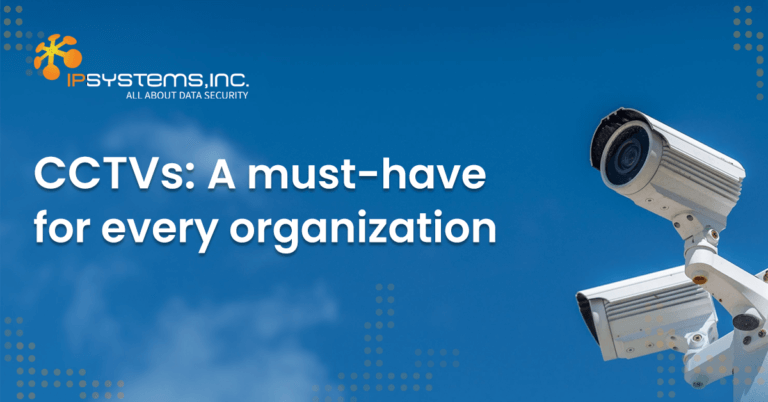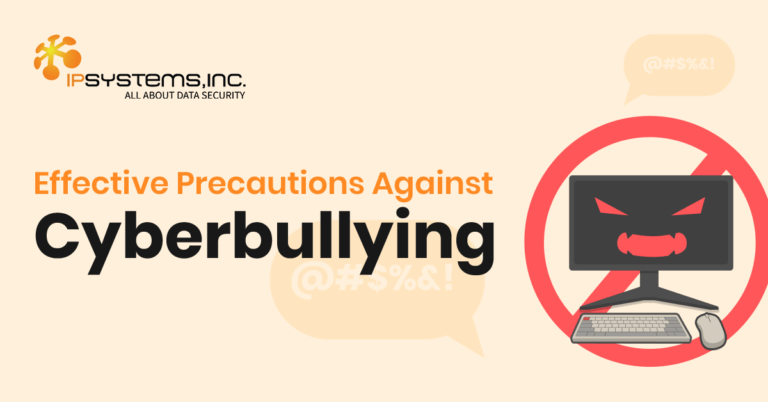
Innovating your Business with Green Data Centers
Blog: Innovating your Business with Green Data Centers Data centers are centralized facilities equipped with essential hardware like servers, storage devices, and networking equipment.
They say the devil is in the details. That’s why it’s imperative to have constant reminders of the malware types you’re likely to encounter in cybersecurity practice. While knowing and identifying them is good, it’s even better to learn basic ways to prevent, find and remove them in the event of an attack.
It’s common to hear people misuse computer security terminology. But, having an excellent grasp of malware classification is essential to containing and eliminating them. That’s the entire purpose of this article – to help you have more than a basic understanding of malware terms.
Now, this is the term everyone calls malware when they refer to it. Yet, most malware programs are not viruses.
A computer virus is similar to a biological virus. It modifies other legitimate host files, ensuring that the same happens with the virus when the victim executes a file.
Absolute computer viruses are now scarce. They make up only about one-tenth of the malware population. Since they "infect" other files, it's hard to get rid of them because their execution happens through a legitimate program. Antivirus programs mostly quarantine or delete the infected file instead.
Worms have a more extended history than viruses. Their primary mode of ransmission was through email attachments.
Computer worms are self-replicating and spreads without any end-user action. The Iloveyou, SQL Slammer, and MS Blaster worms are popular worm types in history.
Trojans have replaced worms as choice hacker tools. Trojans mimic legitimate programs but contain malicious instructions and are the most common modern malware type.
The victim must execute the Trojan for it to work and often arrive via email or infected websites. Trojans are particularly rife in fake antivirus pop-ups on your computer screen.
Many modern cyber attacks happen via remote access Trojans (RATs). They take over one computer intending to laterally affect the entire network undetected.
Trojans are easy to write and spread in ways that easily beat traditional malware prevention systems.
All types of organizations need to be aware of ransomware. Such malware encrypts data with the attacker aiming to extort some form of pay-off.
Social engineering is vital to spread ransomware, many of which are Trojans.
This form of malware attempts to expose the end-user to unsolicited and potentially malicious advertising. A typical adware program might redirect a user's browser searches to web pages with a similar appearance but containing product promotions.
It’s pointless knowing about malware without learning how to prevent yourself from potential attacks. Cybercriminals are ubiquitous, so here are few ways that companies such as yours can prevent malware attacks:
In the ever-widening malware landscape, organizations must take proactive cybersecurity measures. There's no need to wait until an attack before contacting a cybersecurity solutions provider in the Philippines.
lorem



Blog: Innovating your Business with Green Data Centers Data centers are centralized facilities equipped with essential hardware like servers, storage devices, and networking equipment.

Blog: CCTVs: A must-have for every organization Nearly every business and organization, regardless of size, has already implemented CCTV Services within their premises because

Blog: Combating Bullying in Digital Classrooms: Empowering Students for a Safer Learning Environment Bullying is a pervasive issue that inflicts emotional, psychological, and physical

Established in 2007, IPSYSTEMS, Inc. is a trusted and valued cybersecurity and IT distributor in the Philippines. It has solutions specifically focused on IT Infrastructure Security, Secure Remote Access and Monitoring, and Email and Data Security.